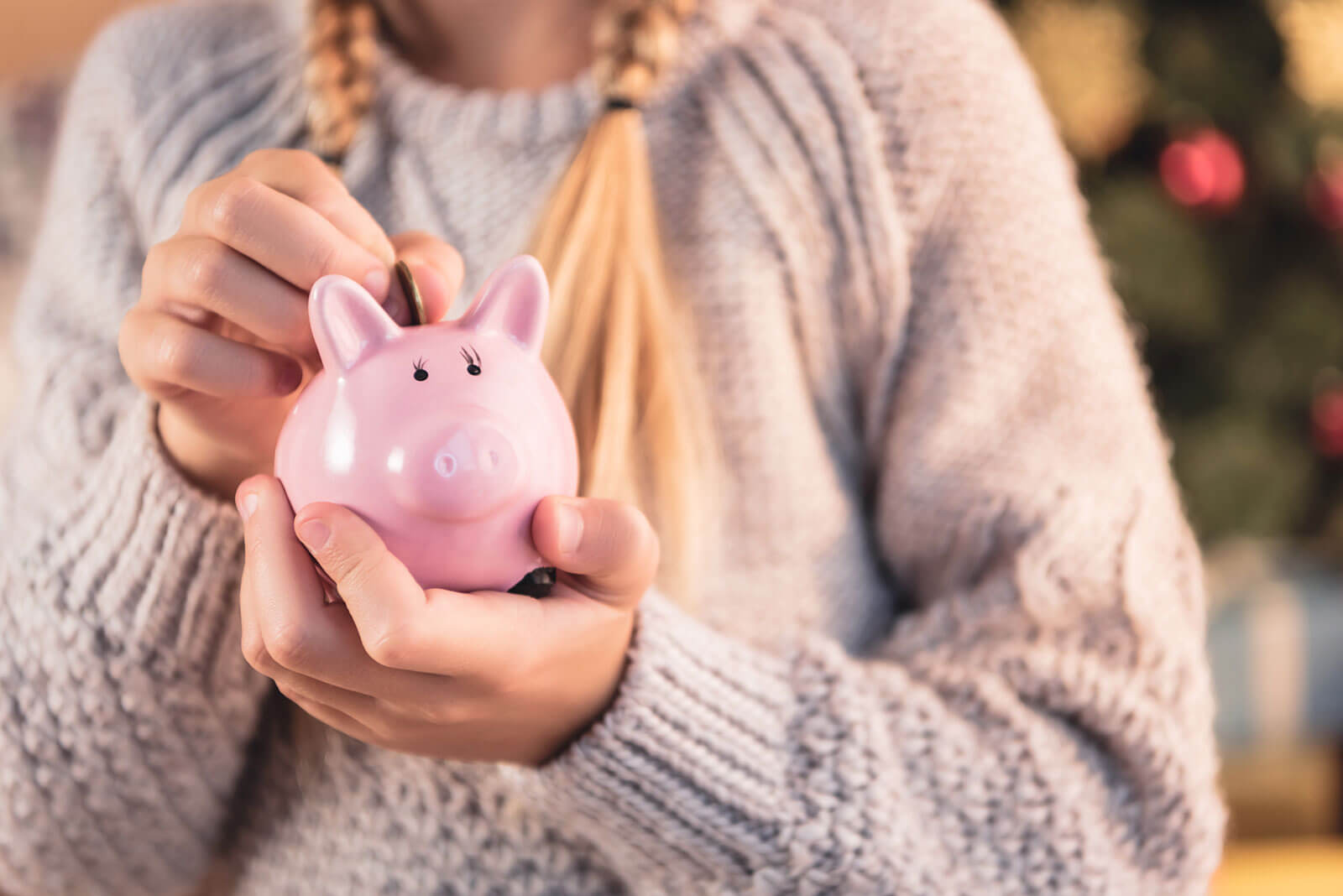Do you know how much you spent on Christmas last year?
I asked the lovely Christmas Organised community on Facebook and Twitter how much you spent on the festive season – and 8% of you spent more than £2,000!
Fifty per cent of you said you’d spent between £1,001 and £2,000 and 25% between £501 and £1,000.
These are significant amounts of money to find, especially as times are hard for many of us at the moment.
I have a Christmas budget to help me track my Christmas spending, but because of many Covid-19-related changes of plan it went a little awry towards the end of last year.
My food (and drink!) spend increased significantly because I wasn’t eating out or staying with friends and family as I was expecting to.
Despite this, I pretty much managed to stick to my overall Christmas budget as I saved money on travel, socialising and Christmas outfits – plus I missed out on a couple of hair cuts and having my nails done!
As I’ve shared with you before, in the past I’ve overspent on Christmas and ended up broke and stressed come January when the reality of bills and the festive debt hangover kicked in.
I learned the hard way that the only way to avoid this is to work out an affordable budget for all your spending throughout the year, including Christmas.
Do you have a budget?
If not, I highly recommend you give it a go. Here’s how I suggest you go about it:

Review your spending
First of all, check how much money you have coming in each month. If it varies, work out the average for the last six months.
You could use an app or widget on a budgeting website to help you create your spending plan – there are various templates available online, including from MoneySavingExpert – or a spreadsheet or a notebook and pen will do the job.
Next, work out how much you spend each week or month, on average. Remember to look at all your bank accounts, credit card accounts and factor in any cash spending.
It might help to put spending into categories such as bills (eg gas, electric, water, council tax, phone, internet), rent or mortgage costs, food, transport – and don’t forget to include Christmas!
Next, the scary bit! Compare your income and expenses. Do you spend more than you earn, spend everything or do you have money left over?
Create a general money plan
If it’s clear you need to spend less or you’d like to save more, have a close look at your spending review for any opportunities to claw back cash.
Making a few small savings can really add up over the year – but don’t make life unnecessarily hard for yourself or you’ll be more likely to give up.
Once you’ve worked out where you’ll be cutting back, if necessary, decide how much you’ll aim to spend on each item in each category.
If you’re saving money – and I think it’s a very good idea to at least put some money aside for Christmas (and for a rainy day) if you can – move it into a separate savings account as soon as the money comes in so you’re not tempted to spend it on something else.
I recommend putting savings into an account with a different provider to your main bank or building society (especially if you use online banking), so you don’t get tempted to just move it back into your current account if things get tight!

Make a Christmas budget
Now you’re ready to create a specific Christmas budget.
Make a note of everything you’ll need to spend. Again you might find it useful to list items under categories like presents, food, social events, activities, clothes and decorations.
Then get even more detailed by listing expenses by meal and gift recipient. How much do you want/need to spend on each meal and on each person?
This will help you see exactly how much you’ll be spending.
Once you’ve added up the full amount, refer back to your general budget and decide if you can actually afford to spend that much.
If not, go back to your Christmas list and adjust accordingly.
Congratulations – now you know exactly how much money you’re going to spend next Christmas and where it’s going to come from!
It might seem like a slog, but planning ahead like this will really help keep your finances on track all-year-round.
You’ve done the bulk of the work, in future it will just be a case of updating and tweaking your budget.
Stick to the plan
This next bit will undoubtedly be tricky – if this is going to work, you have to stick to your budget throughout the year.
Make sure every time you spend it’s planned and deliberate. I know it’s hard, but try to avoid impulse purchases – if you really struggle, try carrying only a predetermined ‘set’ amount of cash in your wallet, and leave your cards at home.
That way, any impulse purchases will be smaller, and you’ll be minded ‘not to run out of cash’ in your wallet.
I spent about a year with nothing more than £20 in cash in my wallet on office/working days (I carried no cards at all), until I got the hang of avoiding lunch-break impulse shopping. It felt very strange, but it did work!
Before you spend, refer to your budget and use it to keep yourself on track.
Of course, no one is perfect – so keep your receipts and if you make a mistake you can always return anything you don’t need.
Shops are used to people returning items more regularly these days, so don’t feel embarrassed – and the timeframe in which you can return things is often longer than it used to be.

Ways to spend less on Christmas
For further advice on how to save money at Christmas, check out my blog post on how to avoid a Christmas debt hangover.
I hope this helps you create a realistic budget you can stick to and keeps your Christmas spending on track.
Just one or two changes (that you stick to) can make all the difference.
Let me know how you get on!